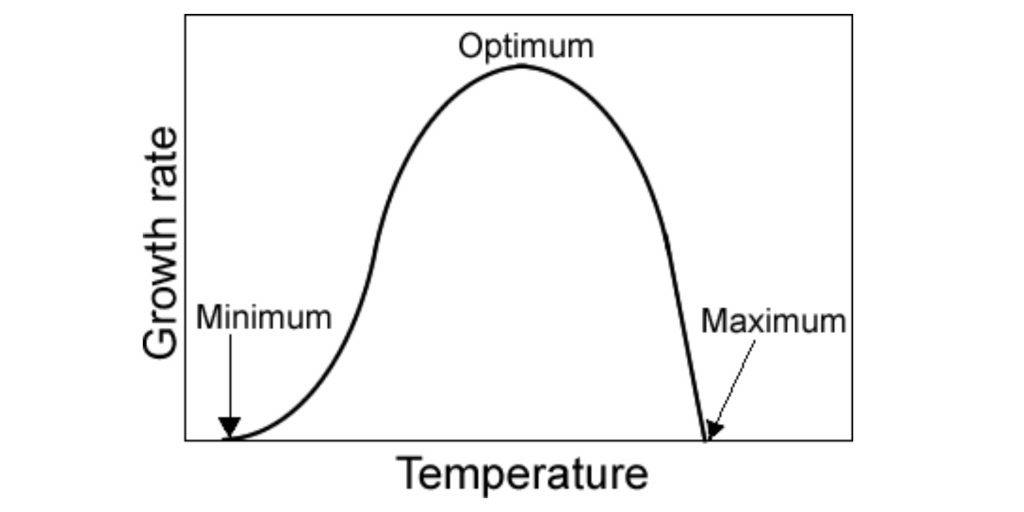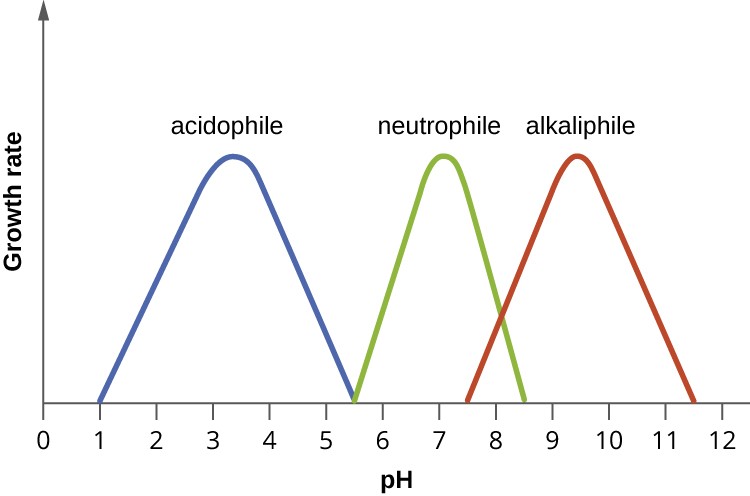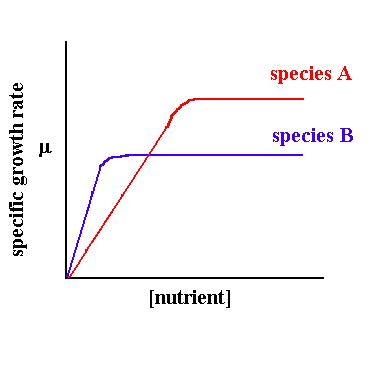Table of Contents
In the context of human beings,”growth” is a reference to the increase in size; as an example changing from a tiny newborn to a huge adult. While bacteria can grow in size prior to the division of cells, growth in bacteria is a term used to describe increasing the amount of organisms, instead of the growth of their size.
Bacterial growth may be described as an increase that is ordered in all chemical components within the cell. Multiplication of cells is a result of growth , which results in growth in quantity of bacteria that make up the population or culture.
The majority of bacteria divide through binary fission, in which cells of the bacteria divide in order to create two daughter cells that are identical with the cell that is parent. Bacterial growth can be related to cell numbers One bacterium splits into two cells, and these two create four, after that eight and it goes on.
What is Generation time?
The rate at which bacteria is determined by observing the changes in the number of bacterial cells per unit of time. The time of generation is the amount of amount of time it takes for a bacterium to produce two daughter cells in optimal conditions.
The average time to produce a strain species of pathogenic bacteria like E. coli, is around 20 minutes. The time to generate is more prolonged (i.e. twenty hours) for Mycobacterium tuberculosis as well as the longer (i.e. the duration is 20 weeks) in the case of M. leprae. The bacterium multiplies and replicates rapidly , producing millions of cells in 24 hours.
Factors Affecting Growth of Bacteria
The development of microorganisms within our bodies, the natural environment, or in the laboratory , is significantly affected by temperature, pH and moisture content, as well as the availability of nutrients, and the traits of the organisms in.
1. Nutrient concentration
If the culture medium is rich in growth-promoting substances, the growth of bacteria will be more rapid. A decrease in the amount of nutrients reduces the rate of growth. Each bacteria has a different nutrition requirements. When the amount of nutrients is increased is added to the bacteria, their growth is increased up to a certain amount and then it remains constant , regardless of nutritional supplementation. The relation between substrate concentration (nutrition) as well as growth rates is illustrated in Figure.
2. Temperature
The temperature affects how bacteria grow in different ways. The lowest temperature that permits growth is known as minimum temperature while the most high temperature that permits growth is known as maximum temperature. The growth cannot occur below the threshold temperature, and it is not allowed above the maximum temperature. At temperatures below the minimum, the cell membranes solidify and becomes stiff to allow nutrients to the cell. Therefore, no growth is observed. When temperatures exceed maximum, cellular enzymes and proteins denature which means that growth of bacterial cells ceases.
As temperature rises in a continuous manner from its minimum the rate at which bacteria grow increases due to the fact that metabolism rate reactions is increased with the increase in temperature. At a certain temperature, the rate of growth is at its highest This temperature is referred to as the optimal temperature. If the temperature is increased above the optimal level, the rate of growth is reduced abruptly and ceases completely when the temperature reaches maximum.
The ideal temperature can vary based on the temperature range they are in the growth of bacteria is divided into the following categories:
- Psychrophiles: These microbes are cold-loving microbes which thrive in a temperature range of 0-20o . The majority of the water and soil saprophytes are part of this group.
- Mesophiles: They are moderate temperature-loving microbes that thrive between 25oC and 40oC. The majority of pathogenic bacteria are part of this group.
- Thermophiles: These are temperature affectionate microbes that love heat. They can thrive in temperatures that are high, ranging from 55-80o B. Stearothermophilus is an illustration.
The relation between the temperature and the rate of growth is illustrated in the figure below.

3. pH
The pH of the cell affects the ionic properties of bacteria’s cells. This can affect the growth of the bacteria. The majority of bacteria thrive at a neutral pH (60.5-7.5). There are some bacteria which thrive at basic pH or acidic pH. The majority of pathogenic bacteria thrive between pH 7.2 to 7.6. A very few bacteria, including lactobacilli, are able to grow at an pH levels below 4.0. Many foods like pickles and cheeses, are protected from spoilage due to acids that are produced in the process of fermentation. V. Cholerae is an example bacteria that thrives in the alkaline (8.2-8.9) pH.
The relationship between pH and growth is illustrated in the figure below.

4. Ions and salt
All bacteria require metal ions like K+, Ca ++, Mg++, Fe++, Zn++, Cu++,Mn++ etc and others to make proteins and enzymes. The majority of bacteria don’t require NaCl in the media but they are able to tolerate a low levels of salt. There are some halophilic organisms like Archeobacteria, for instance, that require a large amounts of salt in the media.
5. Gaseous requirement
Oxygen and carbon dioxide are significant gases that influence the development of bacteria. Oxygen is necessary for aerobic respiration . Obligate aerobic bacteria require oxygen to grow. Eg. Mycobacterium, Bacillus. For anaerobes with a strict obligate nature, Oxygen can be deadly or at times even fatal. However facultative anaerobes are able to tolerate the low levels of O2. Carbon dioxide is required by bacteria that are capnophilic. For example, Campylobacter. Helicobacter Pylori
6. Available water
The most important aspect for the growth of bacteria. The quantity of water present in the media is the determinant of physiological and metabolic activity of the bacteria. Salts, sugars and other substances dissolve in water and accessible to bacteria.
7. Light
The source of energy that bacteria utilize the source of energy, they can be classified as
- Phototrophs (bacteria deriving energy from sunlight)
- Chemotrophs (bacteria deriving energy from chemical sources).
8. Osmotic pressure
Microbes receive the majority of their nutrients from the surrounding water. Therefore, factors like the pressure of osmotic and the salt content of the solution influence the development of the bacteria. Bacteria, due to the their mechanical strength in their cell walls are able to endure a variety of external osmotic changes. Organisms that require high pressures are referred to as osmophilic bacteria. The sudden exposure of bacteria to hypertonic solutions can cause the osmotic loss of water which can cause osmotic shrinkage of protoplasm (plasmolysis). However the sudden removal of bacteria in concentrated solutions to water distilled could result in an excessive re-incorporation of water that causes swelling and the bursting of the cell ( plasmaptysis).
9. Carbon dioxide
Organisms which require greater quantities of carbon dioxide (CO2) to grow are known as capnophilic bacteria. They thrive when they are surrounded by 5-10 percent CO2 and 15% O2. In the candle Jars the CO2 level of 3% can be produced. Some examples of these bacteria are H. influenzae Brucella abortus etc.

